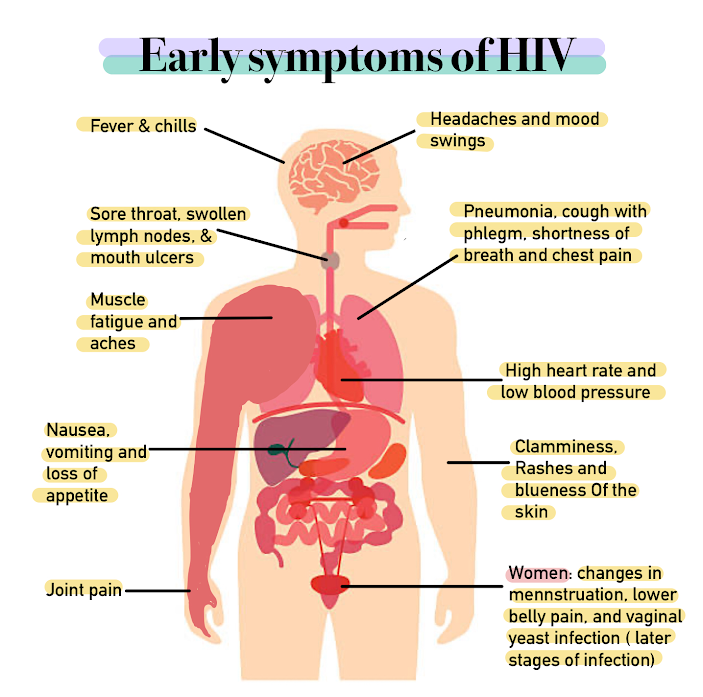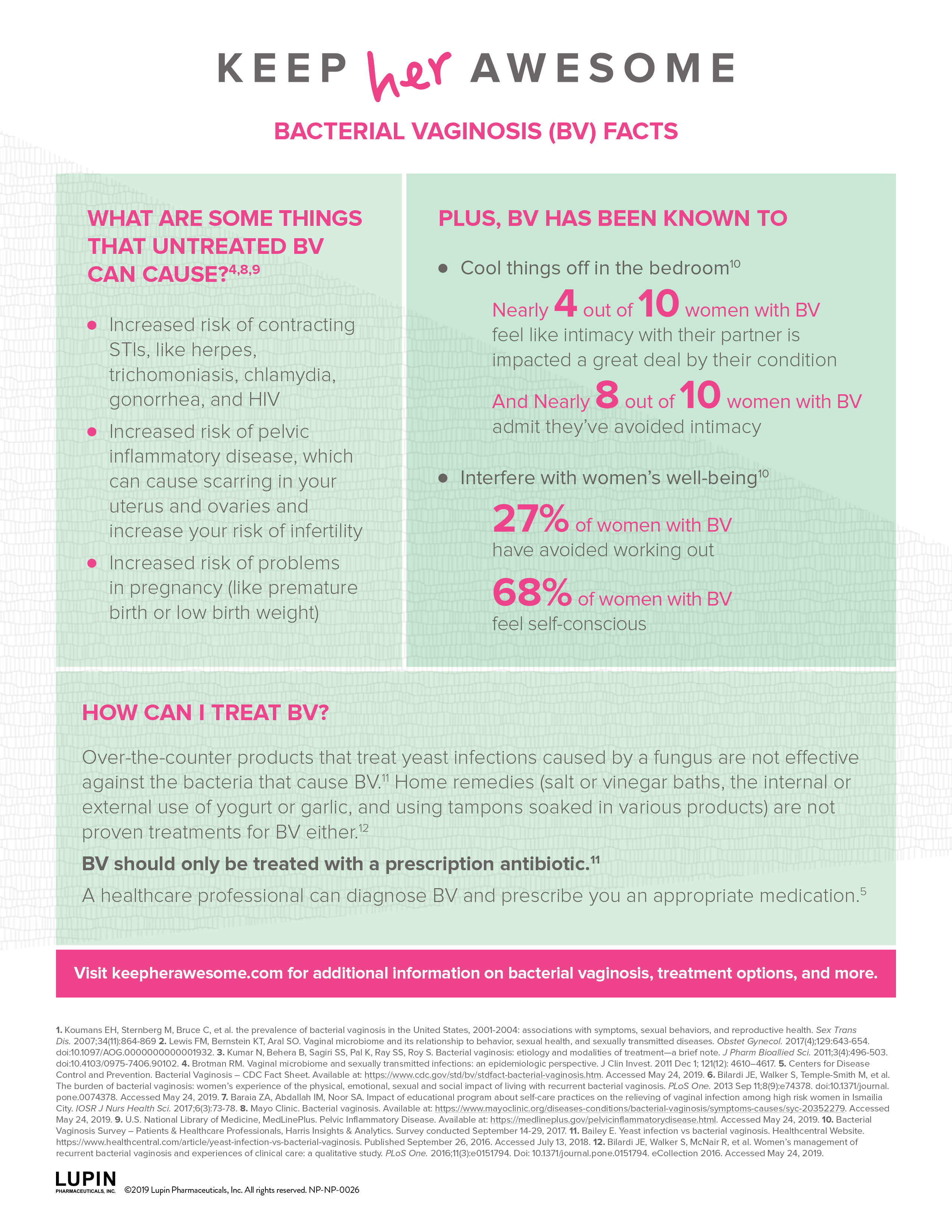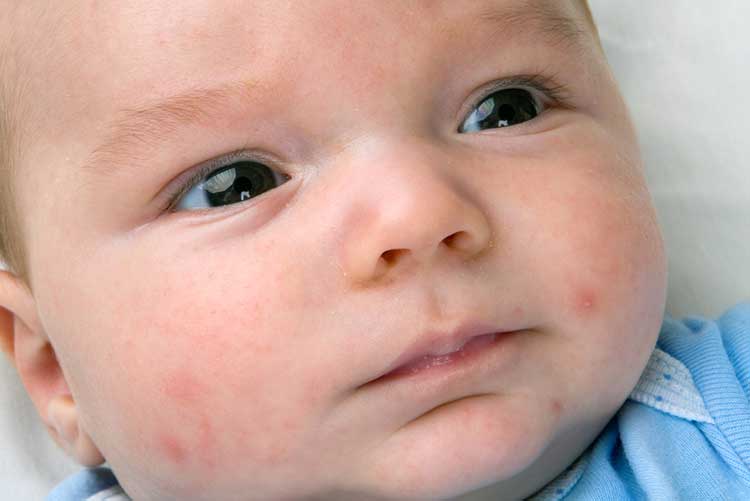Symptoms and stages of HIV infection There are three stages of HIV infection. This stage can last from a few years to a few decades.
 Stages Of Hiv Infection Youtube
Stages Of Hiv Infection Youtube
1 binding 2 fusion 3 reverse transcription 4 integration 5 replication 6 assembly and 7 budding.

Last stage of hiv. There are still misconceptions about how HIV is transmitted and what it means to live with HIV today. In late-stage HIV-infected patients in an HIV palliative care program the following three characteristics were more predictive of mortality than traditional HIV prognosis variables. Opportunistic infections are infections and infection-related cancers that occur more frequently or are more severe in people with weakened immune systems than in people with healthy immune systems.
Without taking HIV medicine this period may last a decade or longer but some may progress faster. Human Immunodeficiency Virus HIV. The life expectancy after a stage 3 HIV diagnosis is 3 years.
People can transmit HIV in this phase. With treatment people living with HIV can enjoy a long and healthy life. AIDS is the final stage of HIV infection which occurs when the bodys immune system is severely damaged because of the virus and unusual infections result.
A person infected with HIV is diagnosed with AIDS when he or she has a dangerously low number of CD4 T cells as well as one or more opportunistic infections such as some types of pneumonia or tuberculosis that do not. AIDS is a set of symptoms and illnesses that develops at the final stage of HIV infection if left untreated. Decreased performance status as measured by the Karnovsky Performance Status scale Impairments in activities of daily.
The seven stages of the HIV life cycle are. According to AIDSinfo it takes at least 10 years without treatment for most people with HIV to develop AIDS. Without treatment a person may develop stage 3 HIV 215 years after contracting the infection.
HIV stigma is rooted in a fear of HIV. In the US most people with HIV do not develop AIDS because taking HIV medicine every day as prescribed stops the progression of the disease. The final stage of an HIV infection is AIDS which occurs when the immune system is severely damaged.
AIDS is the final most severe stage of HIV infection. Its diagnosed when your CD4 cells are. Testing regularly for HIV means you can get antiretroviral treatment if you need it and stay healthy.
The lack of information and awareness combined with outdated beliefs lead people to fear getting HIV. At the end of this phase the amount of HIV in the blood called viral load goes up and the CD4 cell count goes down. Many of our ideas about HIV come from the HIV images that first appeared in the early 1980s.
The symptoms vary in type and severity from person-to-person. AIDS is the final stage of HIV. After the first month or so HIV enters the clinical latency stage.
AIDS is the final stage of HIV infection. Untreated HIV infection has a mortality of 90. At that point the.
Because HIV has severely damaged the immune system the body cant fight off opportunistic infections. To understand each stage in the HIV life cycle it helps to first imagine what HIV looks like. A person with HIV is considered to have progressed to AIDS when.
Acquired immunodeficiency syndrome AIDS Unexplainable weight loss Recurring fever Getting tired easily Prolonged swelling of the lymph glands in the armpits groin or neck Diarrhea that lasts for more than a week Sores of the mouth anus or genitals Pneumonia Memory loss and depression. Stage 1 after initial infection can feel like flu but not everyone will experience this. Stage 2 is when many people start to feel better and may last for 10.
AIDS is the late stage of HIV infection that occurs when the bodys immune system is badly damaged because of the virus.











